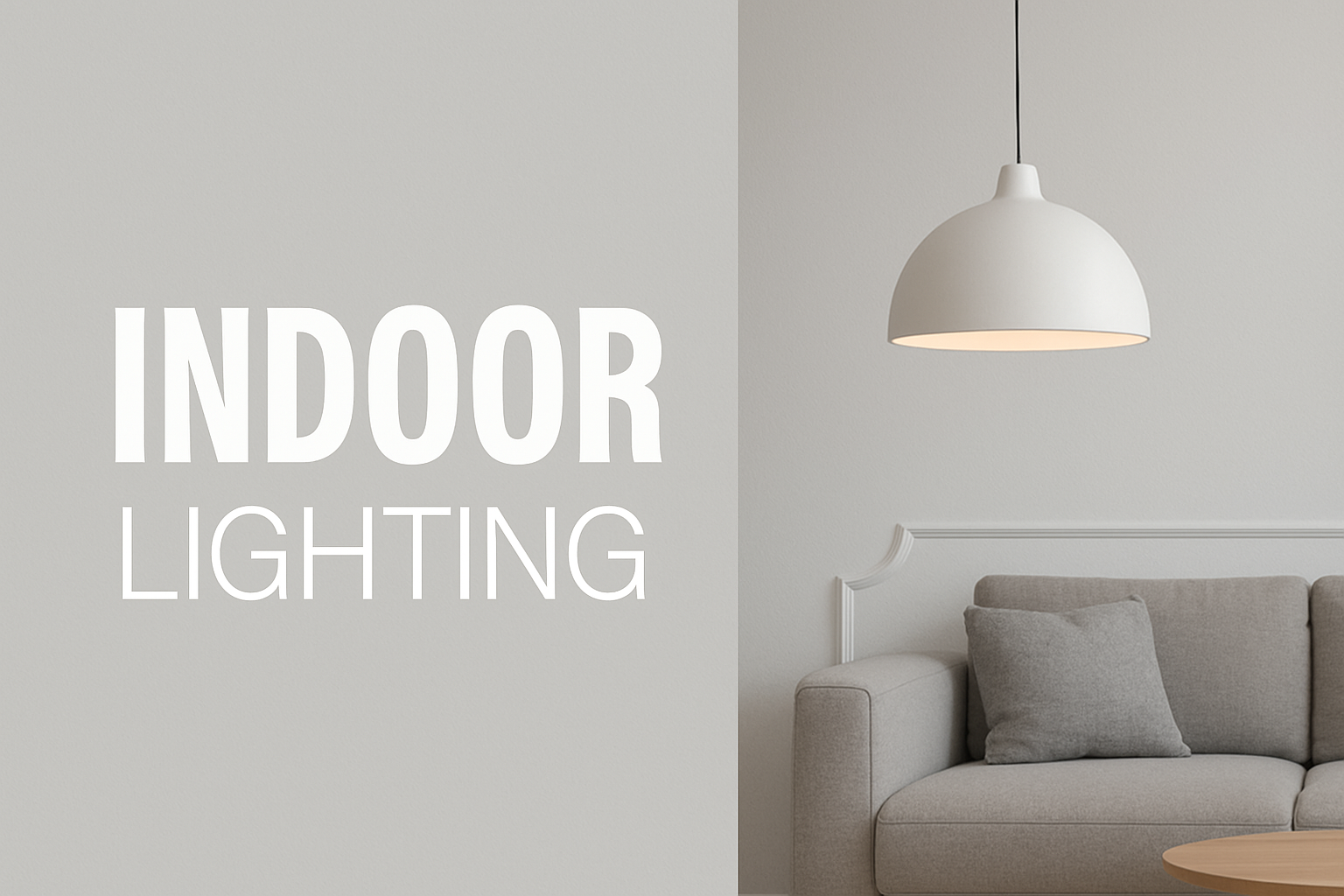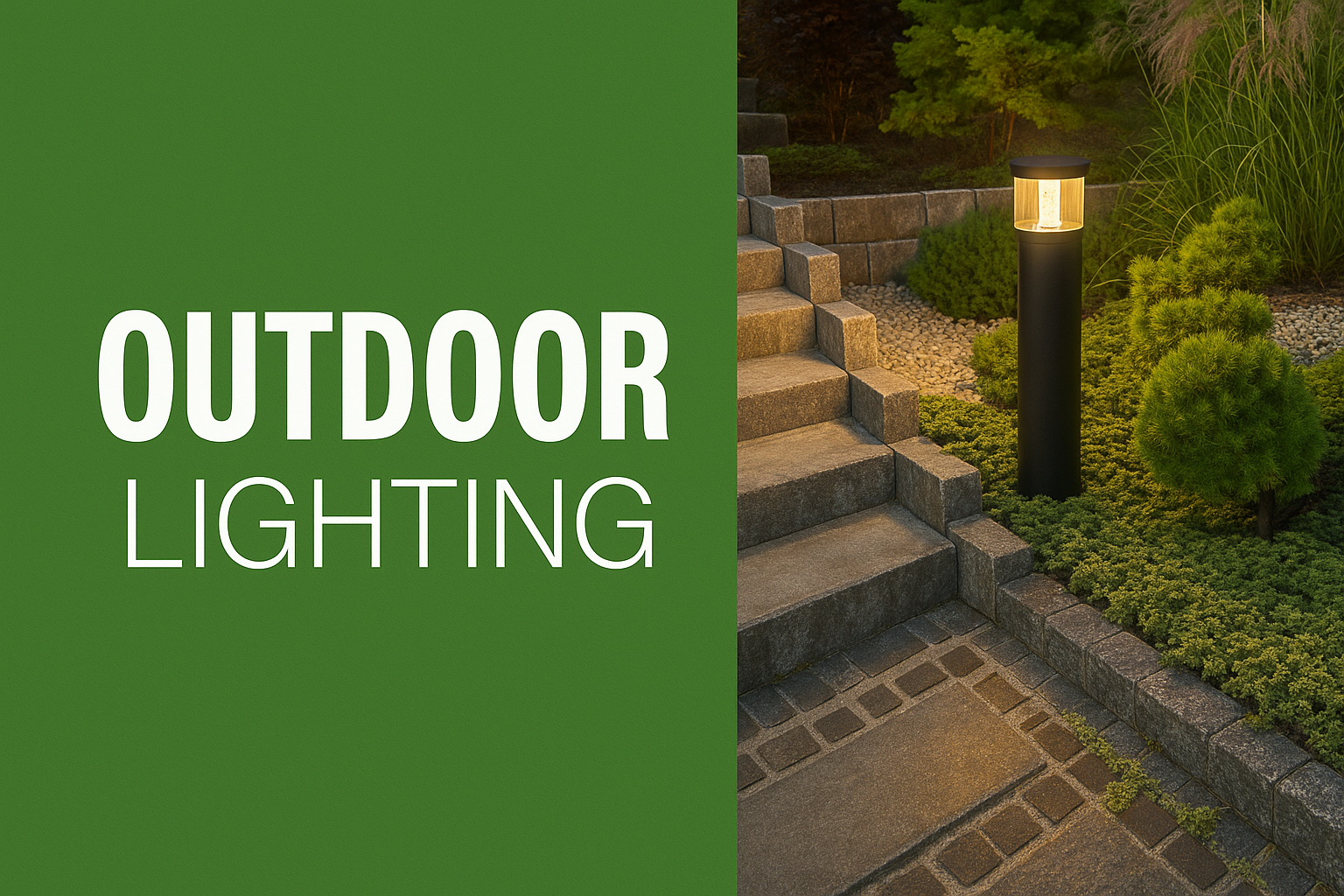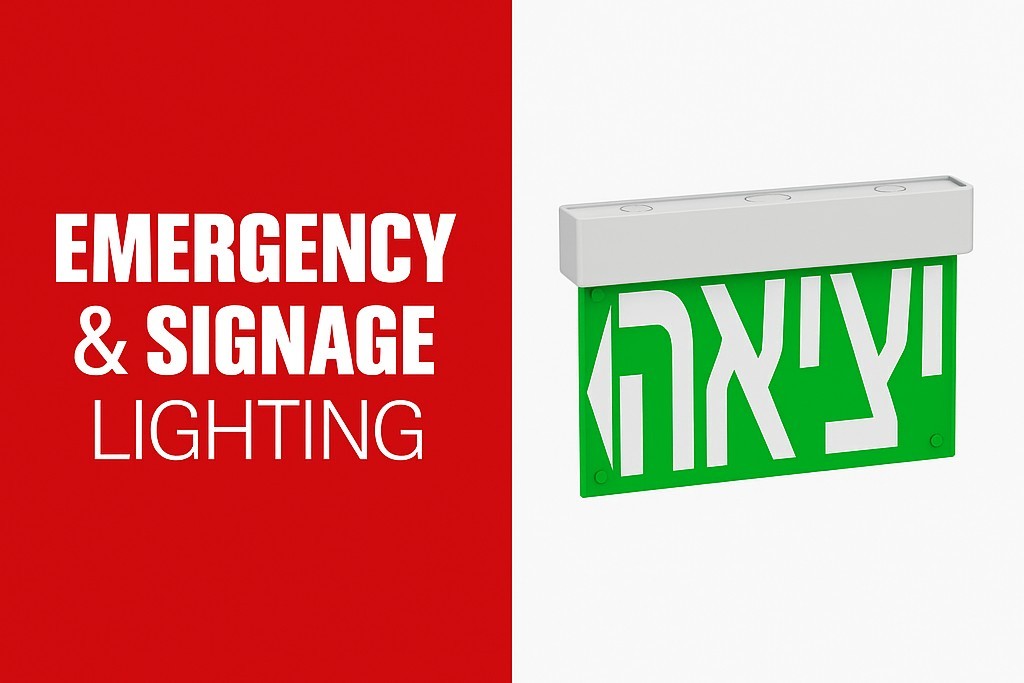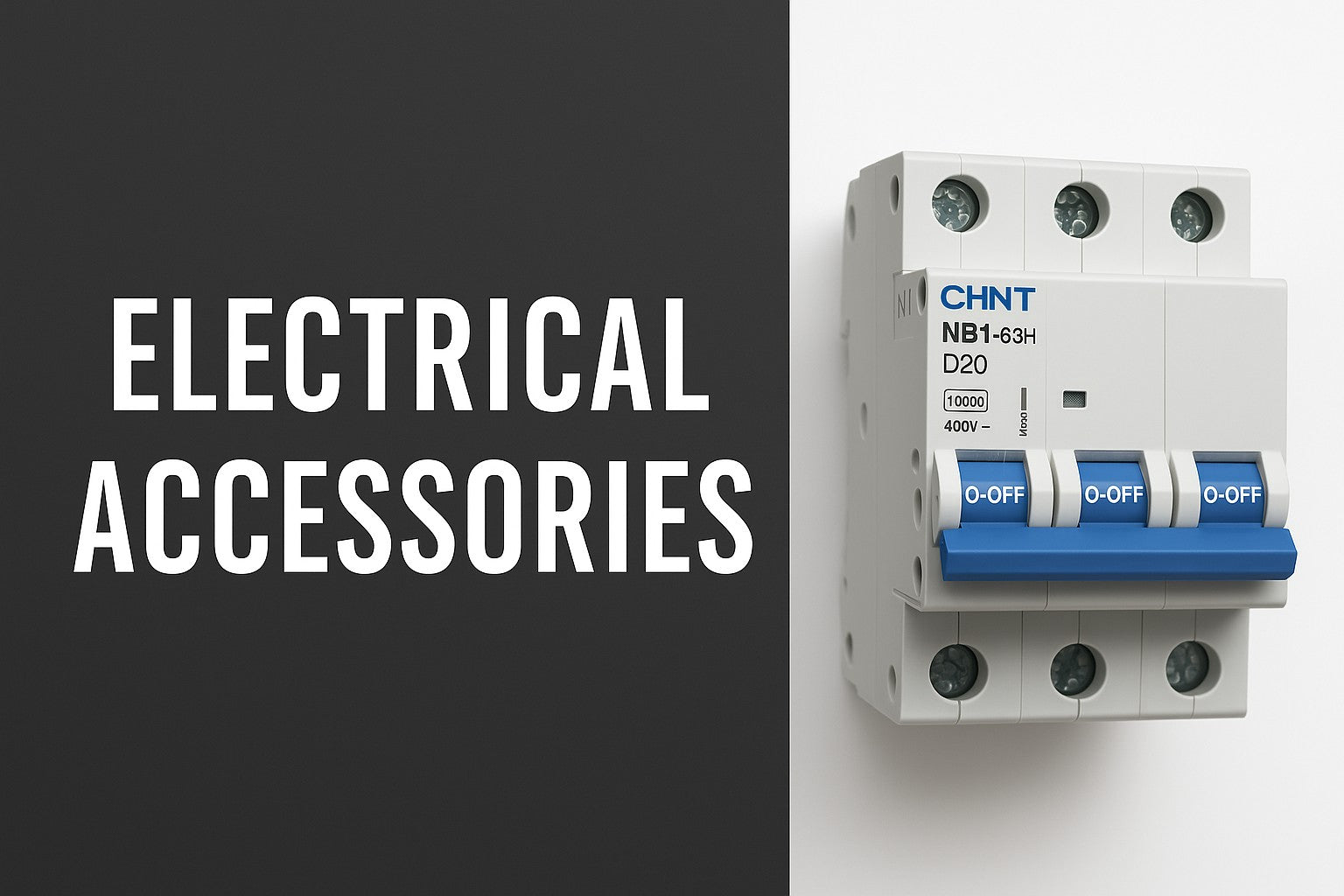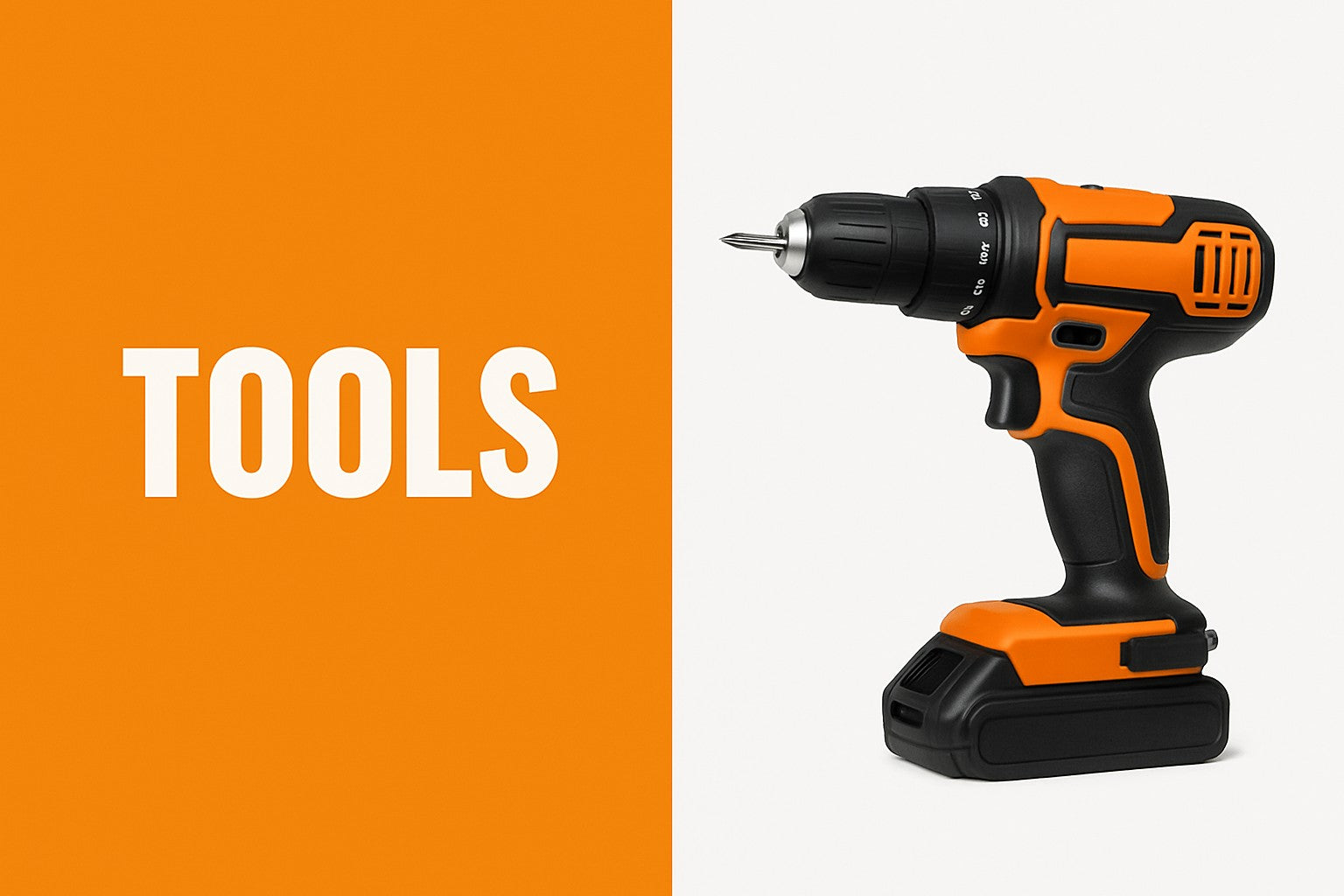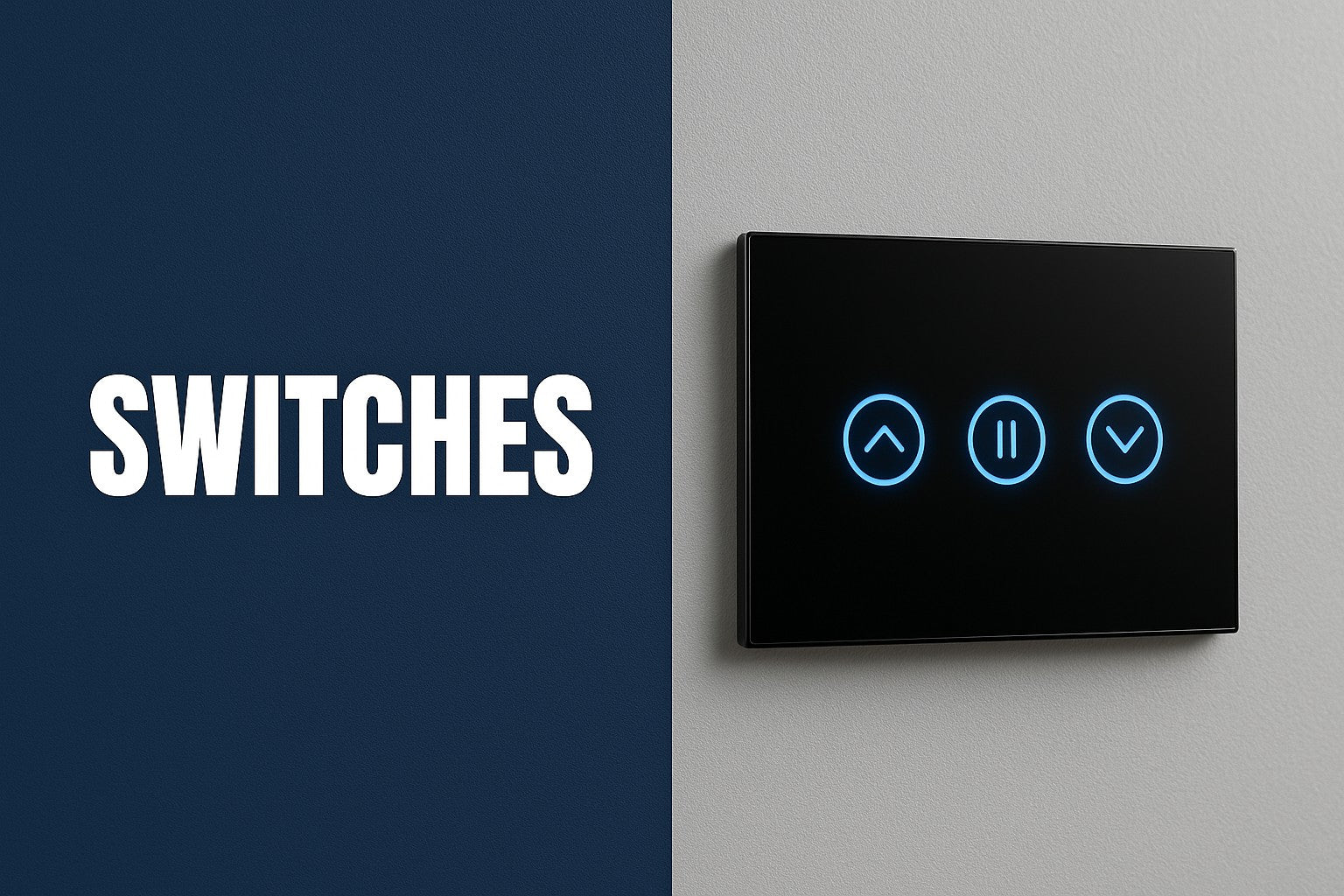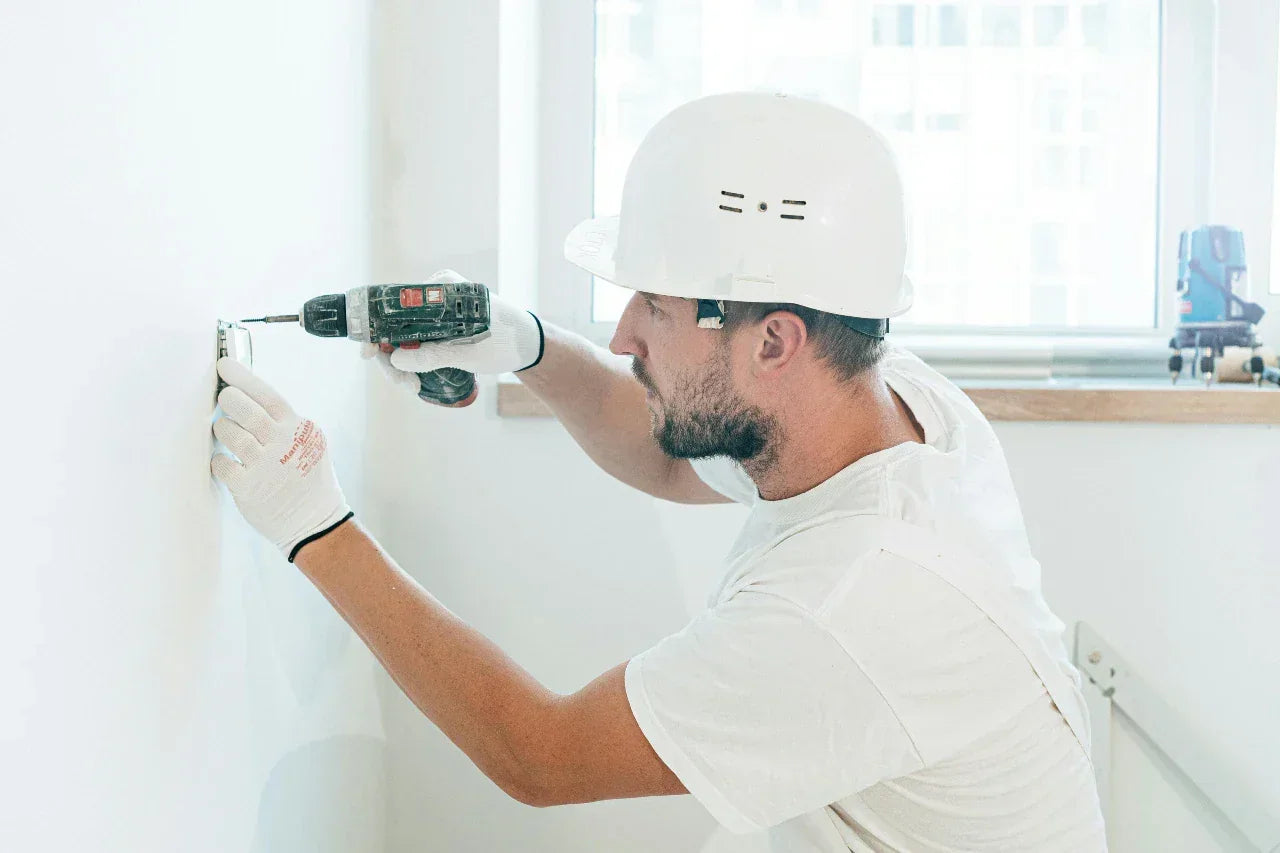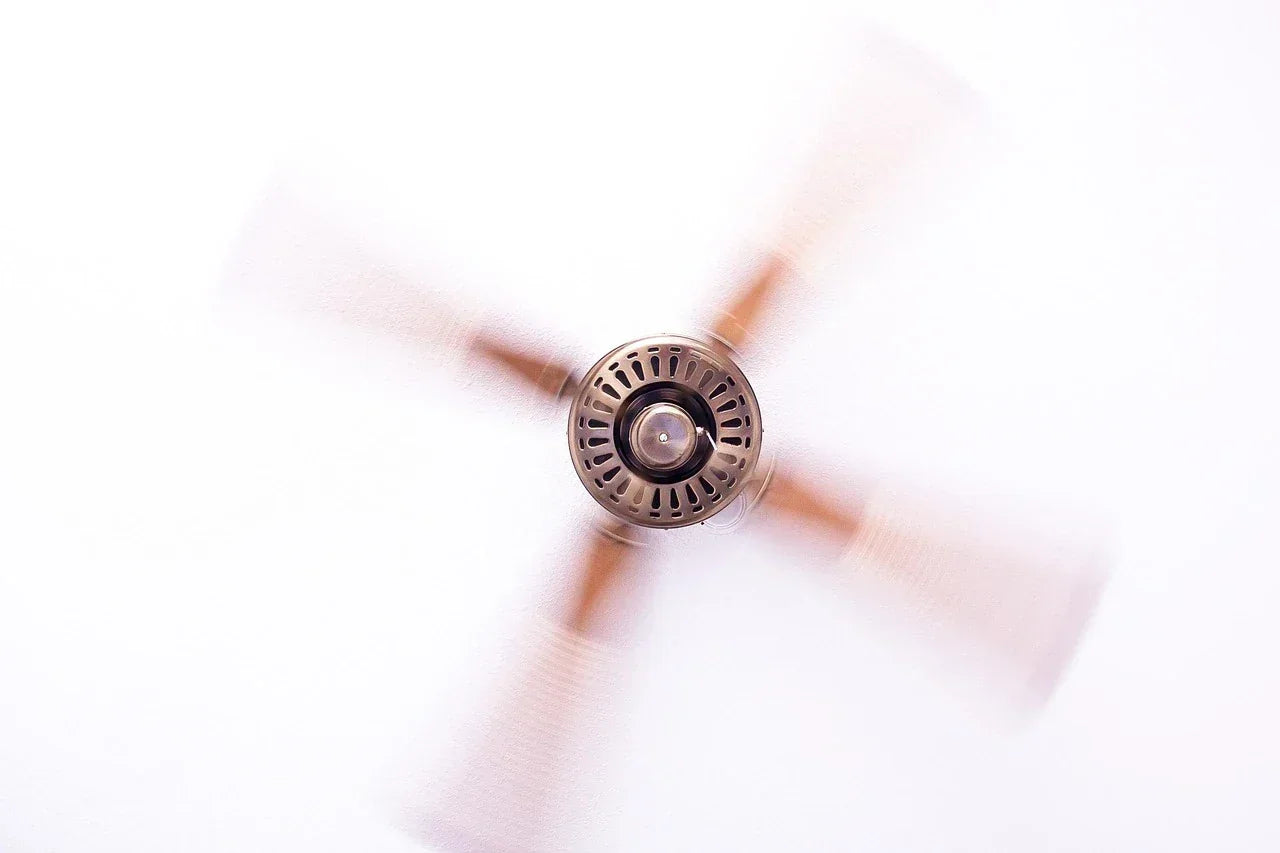The thought of life without electricity makes our heads spin. With only sunlight for lighting, without the ability to air-condition the house, cook, heat water in the winter, and more – life would be very different from what we know today.
Electricity, flowing into the home through cables in the walls, has become a benefit we are accustomed to – but, in installing and using electricity, there are also risks. That is why we have prepared the home guide to the safe use of electricity, so that you can enjoy the wonderful benefits that come with the almost obvious flow of electricity into the home – in a safe and protected way.
#1 Only a certified electrician performs electrical repairs
Did you know? By law, only a certified electrician can perform electrical repairs. We always recommend determining the locations of electrical accessories , such as light fixtures , for example, not according to the electrical points – but rather adjusting the electrical points to the needs of light fixtures and other electrical products. Don’t be tempted to make such changes yourself – call a certified electrician to install all electrical points that will allow for the convenient installation of any electrical product – safely.
#2 Outdoor Electrical Safety – Extreme Caution Required
We all know that electricity and water are not a safe combination. Therefore, when you, for example, install garden lighting , such as a floodlight with motion sensors that will accompany your steps home or illuminated lighting spikes along the driveway to the house – it is very important that you install all the lighting fixtures and all the electrical cables that reach them – with utmost safety.
The electrical fixtures and cables installed in the garden will withstand the elements, the scorching sun, and the rain – and it is important to know that installing electricity outdoors is professional and safe.
#3 Without improvising
A wealth of electrical accessories will allow you to supply an almost unlimited number of electrical outlets to any point in the house – using extension cords , power strips , and the like. It is important to know that permanent use of extension cords is unsafe , and that permanent installation of a power strip above a single electrical outlet increases the chance of power flow failures , due to overloading a single outlet. In such cases, it is recommended to install additional outlets in the area. If you still use extension cords and/or power strips – make sure that all electrical accessories are safe to use – check that they are of uniform color, that there are no dark marks around the outlet holes, and make sure that the three (or two) pins of the plug are stable and parallel to each other.
#4 Match the power consumption to the capacity of the power outlet
In order to ensure safe use of electrical outlets, when connecting lighting fixtures , electrical accessories, and the like, it is important to ensure that their power consumption matches the power at the point to which they are connected. For example, lighting fixtures come with a recommendation regarding the maximum power for the bulbs installed in them. Installing bulbs with a higher power may cause the lighting fixture to heat up – and even catch fire.
#5 Additionally, it is important to know that in cases of electrical plugs with only two outlets, it is highly not recommended to operate electrical appliances using three-prong plugs through an electrical adapter. Two-prong outlets are outlets without grounding, which makes using the electrical appliance unsafe. It is recommended to call a qualified electrician to replace the outlet with one with three outlets.
A few safety notes for working with electricity
#6 Always keep children away from electrical outlets. In children's rooms, install protected electrical outlets.
#7 Never work with electrical cables in an unsafe manner: wear appropriate clothing, shoes with insulated plastic or wooden soles, and a completely dry environment.
#8 Ensure adequate ventilation around any electrical appliance – It is strictly forbidden to block the flow of air to electrical products, for example by placing wet clothes on a heating device. It is important to know that blocking the ventilation routes to an electrical appliance may cause it to overheat, to the point of catching fire.
#9 Do not use damaged electrical appliances – If you see a defect or “wound” in the electrical cord, a damaged plug or socket, or a loose connection between the plug and socket – have the fault repaired (by a qualified electrician) – and only then turn on the electrical appliance.
#10 Perform periodic checks to ensure that the electrical panel and circuit breaker in the home are working properly.


